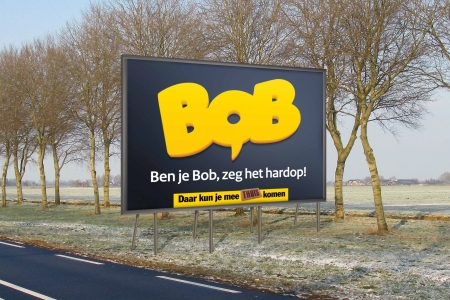Because there are many theories on behavioural change - more than 80, according to the article referred to here [18] - there are also many possible public communication strategies. We address the factors that appear in many different theories on behaviour and behavioural change and that campaigns can respond to, namely: knowledge and information, attitude, social norms, personal vulnerability, outcome expectancies, behavioural control/self-efficacy, resources and barriers, and emotions such as fear or joy. Research shows that these factors affect behavioural intentions [19] [20] [21] [22] [23] [24] [25] [26]. But it is also known that behavioural intentions have a limited effect on actual behaviour; the so-called Intention-Behaviour Gap [7].
Knowledge and information
Campaigns can appeal to rational considerations and thus be purely informational and instrumental [22] [24]; for example, campaigns with information and tips on transporting children in the car [27]. Public communication focused on knowledge and information can affect behaviour if it is limited to very concrete issues, as shown, for example, by a successful campaign on adjusting headrests to the correct height to prevent neck injuries [28].
Attitudes
Attitudes refer to the beliefs, emotions and behavioural tendencies people have towards something or someone [24] [25] [26]. Public communication can affect attitudes; a positive attitude towards the desired behaviour makes people exhibit that behaviour more often.
Social norms
Social norms refer to the expectations people have about how common and desirable a behaviour is considered to be by others [23] [24] [25] [26]. A campaign targeting social norms focuses on the desired behaviour (setting a good example). It shows that the majority of the group the target group belongs to or wants to belong to is already exhibiting that behaviour. In their choice of speed for example, drivers appear to be more affected by other traffic than by the speed limit [29]. A campaign could emphasise this social norm.
Personal vulnerability and outcome expectancies
Campaigns can also respond to the extent to which people believe they are at risk because of their current behaviour. This personal vulnerability [19] [20] [21] can affect behaviour. The idea is that behavioural change will occur if people believe that their current behaviour is potentially risky for themselves or for significant others (family and friends). The same goes for outcome expectations [19] [20] [21]. The campaign aims to convince people that the recommended, alternative behaviour will actually result in a decrease in personal risk.
Behavioural control/self-efficacy
A campaign can focus on perceived behavioural control (also called self-efficacy) [19] [20] [21] [23] [24] [26] [27]. This refers to the extent to which people in the target group consider themselves capable of following the behavioural recommendations of a campaign. Perceived behavioural control has a key role in education and public communication [30] [31] [32] [33]. If people are not given clear behavioural alternatives which they believe they can execute, they will not change their behaviour. In fact, research [26] shows behavioural control plays a determining role in both intended behaviour and in attitudes and social standards.
Resources and barriers
Resources and barriers have been mentioned as important factors in several behavioural change theories [19] [20] [21] [24]: for example, having or not having resources such as time, money, attention and social support to exhibit different behaviour [24], but also the presence or absence of situational 'cues' that maintain current behaviour [19] [24]. In short, these are resources or barriers that can make the desired behaviour easier or harder.
Emotions
Finally, campaigns can appeal to emotions [27]. Confrontational (or fear-based) public communication (also known as fear-appeals) confronts people with the consequences of risky behaviour in a harsh, sometimes shocking way. See also the question How effective is fear-based public communication? By contrast, there are forms of public communication that emphasise positive feelings and positive consequences of behaviour. Particularly for men and young people this form appears to work better than instilling fear [34].
Another possible strategy is not to evoke a traditional 'physical' threat, but rather a social threat. Such a campaign often targets young people and/or men and aims to show behaviour that has long been seen as 'tough' (stunting around trains, speeding) in a different light (not tough, but pathetic). Examples include the 'Dumb Ways to Die campaign' [35], aimed at safe behaviour around trains and railways, and the 'Pinkie' campaign subtitled: Speeding. No one thinks big of you, which has a double entendre because the expression applies to speeding behaviour but also questions the 'masculinity' of speeding drivers. See also the question How effective are speed campaigns?
